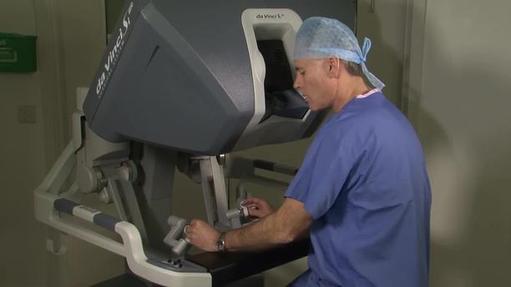|
Kidney cancer is the eighth most common cancer in the UK and in 2010 some 9,600 people were diagnosed with the disease. In Europe an estimated 73,000 people were diagnosed with kidney cancer and worldwide more than 273,000. The disease kills and the death toll is increasing. In 2010 in the UK 4,100 people died of kidney cancer, 31,300 in Europe and more than 116,000 worldwide.
The majority of deaths from the disease could be avoided by early diagnosis: hence the importance of reporting "blood in your pee". Other symptoms include needing to urinate often or suddenly, pain while urinating, pain below the ribs that doesn't go away and a lump in your stomach.
A nephretomy
An established surgical therapy for kidney cancer is a nephretomy: the complete removal of the kidney. Usually, this involves making an incision between the lower ribs on the side of the tumour, removing the diseased organ, some surrounding tissue and often the lymph nodes close to the kidney to check if they contain any cancer cells.
Although a major surgery, it is preferred by some surgeons who believe that it reduces the chances of the recurrence of the disease. A person can live a completely normal life with just one kidney.
Takeaway
Given the growing incidence of late stage kidney cancer, the battle against the disease increasingly includes high-tech surgical therapies such as the da Vinci surgical system.
|




